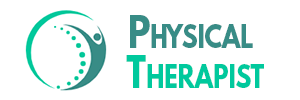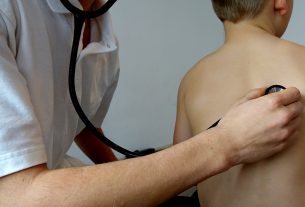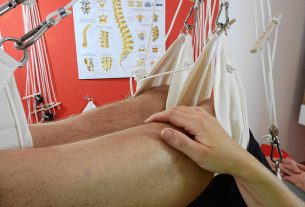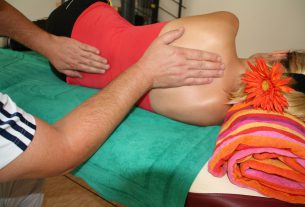SLAP is short for Superior Labrum from Anterior to Posterior, or from front to back. The labrum is the rim of cartilage found in the shoulder socket. An injury or tear to this part of the body is a SLAP lesion, which typically results from overuse, trauma, and accidents such as falling onto your outstretched hand.
What are the symptoms of a SLAP lesion?
A person with a SLAP lesion or injury has shoulder pain, which becomes worse with throwing activities or when reaching overhead. The person may also experience some pain and soreness in the shoulder front when bending the elbow or turning the wrist. The person’s shoulder may also click or snap with movement and may feel like being dislocated. The diagnosis of this injury involves a physical examination of the shoulder and a contrast MRI scan.
What are the treatments for SLAP lesions?
Most cases of SLAP injuries respond well to non-invasive or non-surgical treatment so this would be the first option for any patient. After your injury, your doctor would first recommend some rest to help ease symptoms. Your doctor may also prescribe medication to alleviate inflammation and pain.
Next, you will have to undergo a SLAP lesion physical therapy, which mostly involves stretching and muscle strengthening exercises targeting the muscles around the rotator cuff and scapula. It is also important at this point to limit or make adjustments in the activity that caused the injury, which could be a sport or work-related activity.
Cold therapy is also a part of SLAP lesion physical therapy. Therapists make use of ice packs or ice massage to reduce pain and swelling by applying these agents four to six times in an hour for three hours. Therapists may also apply ice if pain or any other symptoms worsen after activity.
Certain patients, especially athletes, who play sports or do activities that involve a lot of throwing may continue to experience pain despite undergoing proper SLAP lesion physical therapy programs. When symptoms do not go away after 6 weeks of conservative treatment or SLAP lesion physical therapy, your doctor will then recommend surgery to treat your shoulder. In surgery, the doctor may remove torn cartilages or attach them back in place.
After surgery, you will need complete bed rest and you must avoid activities involving the treated area. After a period of rest, your doctor may then recommend SLAP lesion physical therapy to help you restore your shoulder’s strength and the full range of motion.





